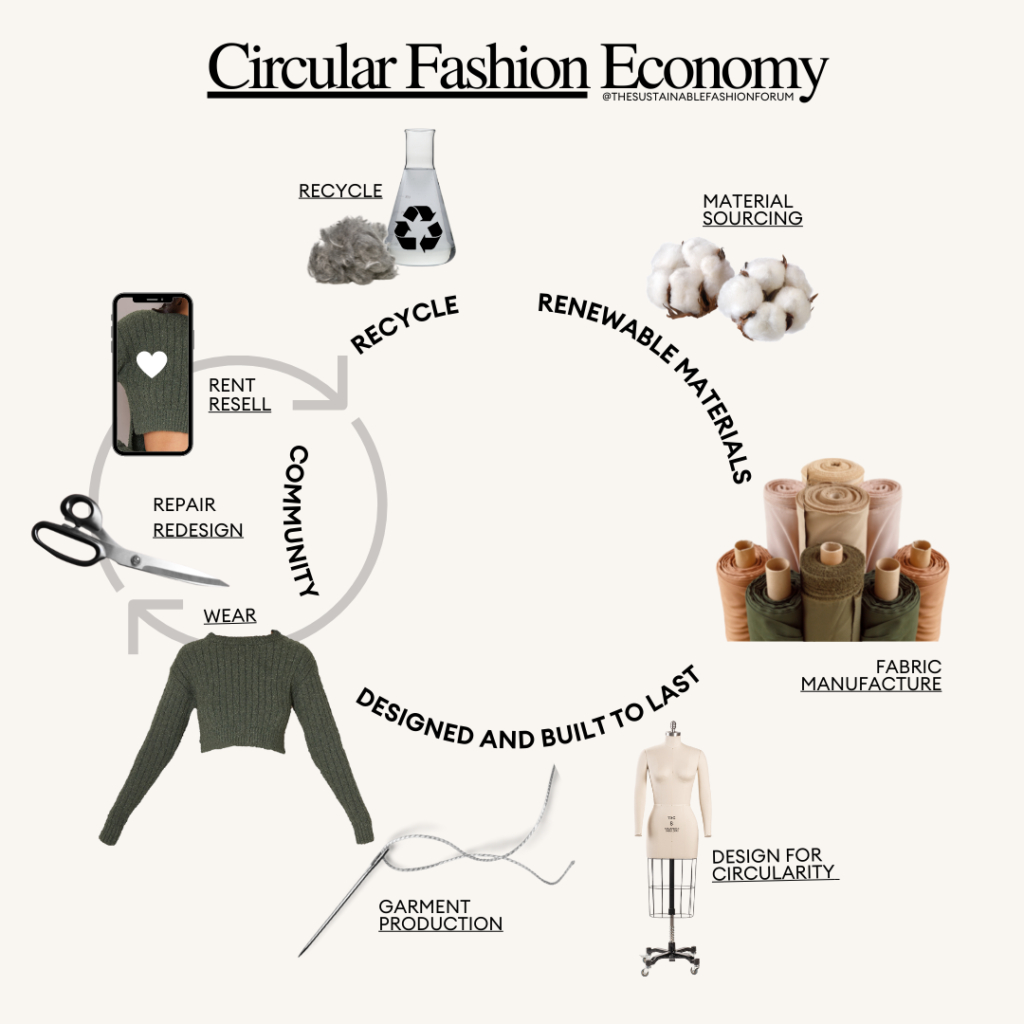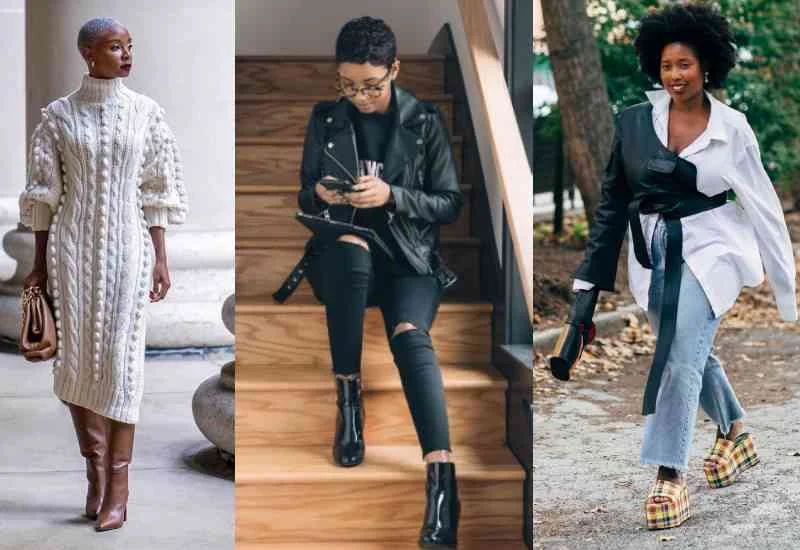The concept of the Circular Fashion Economy is revolutionizing the way we perceive and engage with fashion. By emphasizing sustainability and resource efficiency, this innovative approach encourages the reuse and repurposing of materials, significantly reducing waste. Upcycling, a key component of this movement, transforms discarded items into valuable products, breathing new life into what would otherwise be considered trash. As consumers become increasingly aware of the environmental impact of fast fashion, the Circular Fashion Economy offers a promising alternative that prioritizes both style and sustainability.
In this article, we will delve deeper into the principles of the Circular Fashion Economy and explore how upcycling is reshaping the industry. You will learn about the various methods and techniques employed by designers and brands to incorporate upcycled materials into their collections. Additionally, we will highlight inspiring case studies of companies that have successfully embraced this model, showcasing their innovative designs and commitment to sustainability.
Furthermore, we will discuss the role of consumers in this transformative journey, emphasizing how individual choices can contribute to a more sustainable fashion landscape. By understanding the impact of our purchasing decisions, we can all play a part in fostering a circular economy. Join us as we uncover the exciting developments in the world of fashion and discover how upcycling is not just a trend, but a vital step towards a more sustainable future.
Stay with us to explore the fascinating intersection of creativity and sustainability, and learn how you can be a part of this essential movement in the fashion industry.
In recent years, the fashion industry has faced increasing scrutiny over its environmental impact. The concept of a circular fashion economy, particularly through upcycling, has emerged as a transformative solution. Upcycling not only reduces waste but also encourages creativity and innovation within the industry.
Understanding Upcycling in Fashion
Upcycling refers to the process of transforming waste materials or unwanted products into new items of higher quality or value. In the fashion industry, this can involve repurposing old garments, fabric scraps, or even discarded accessories. By redefining the lifecycle of materials, upcycling contributes to a more sustainable approach to fashion.
This practice not only minimizes waste but also challenges the traditional notions of consumption and production. As consumers become more aware of the environmental impact of fast fashion, upcycling offers a viable alternative that promotes sustainability and ethical practices.
The Environmental Impact of Fast Fashion
Fast fashion has been criticized for its significant contribution to pollution and waste. The production processes involved in creating cheap, trendy clothing often lead to excessive water usage, chemical runoff, and greenhouse gas emissions. By contrast, upcycling helps mitigate these issues by extending the life of existing materials and reducing the demand for new resources.
Moreover, upcycling can significantly lower the carbon footprint associated with clothing production. By reusing materials, brands can decrease their reliance on virgin resources, which is crucial in the fight against climate change.
Economic Benefits of Upcycling
Upcycling not only benefits the environment but also presents economic opportunities. Small businesses and independent designers are increasingly embracing upcycling as a way to differentiate themselves in a crowded market. By creating unique, one-of-a-kind pieces, these brands can attract consumers looking for sustainable and exclusive fashion options.
Additionally, upcycling can lead to cost savings for companies. By utilizing existing materials, brands can reduce production costs and minimize waste disposal fees, ultimately contributing to a more profitable business model.
Consumer Awareness and Demand for Sustainable Fashion
As awareness of environmental issues grows, consumers are increasingly seeking sustainable fashion options. This shift in consumer behavior has led to a rise in demand for upcycled products. Brands that prioritize sustainability and transparency in their practices are more likely to resonate with eco-conscious consumers.
Social media plays a significant role in this trend, as influencers and activists promote sustainable fashion choices. This increased visibility has encouraged more brands to adopt upcycling practices, further driving the circular fashion economy.
Innovative Upcycling Techniques
Fashion designers are continually exploring innovative techniques for upcycling. From patchwork designs to transforming vintage clothing into modern styles, the possibilities are endless. Techniques such as dyeing, embroidery, and embellishment can breathe new life into old garments, making them desirable once again.
Moreover, technology is playing a crucial role in upcycling. Digital tools and platforms allow designers to experiment with new designs and reach a broader audience, making it easier to promote upcycled products.
Case Studies of Successful Upcycling Brands
Several brands have successfully integrated upcycling into their business models. For instance, brands like Reformation and Patagonia have made significant strides in promoting sustainable practices. These companies not only focus on upcycling but also educate consumers about the importance of sustainable fashion.
By showcasing their upcycled collections, these brands inspire others in the industry to adopt similar practices, creating a ripple effect that can lead to widespread change.
Challenges in the Upcycling Process
Despite its benefits, upcycling faces several challenges. Sourcing quality materials can be difficult, and the process often requires skilled labor, which can increase production costs. Additionally, there is a perception that upcycled products may lack the quality or appeal of new items, which can deter some consumers.
Overcoming these challenges requires collaboration between designers, manufacturers, and consumers. By working together, the industry can create a more robust framework for upcycling and promote its benefits effectively.
The Future of Upcycling in the Fashion Industry
The future of upcycling in the fashion industry looks promising. As more brands recognize the importance of sustainability, upcycling is likely to become a standard practice rather than a niche market. Innovations in materials and production processes will continue to enhance the viability of upcycling.
Ultimately, the circular fashion economy, driven by upcycling, has the potential to reshape the industry, fostering a more sustainable and responsible approach to fashion consumption.
| Aspect | Description |
|---|---|
| Definition of Circular Fashion | The circular fashion economy focuses on sustainability by minimizing waste and maximizing the lifecycle of products through reuse, recycling, and upcycling. |
| What is Upcycling? | Upcycling is the process of transforming waste materials or unwanted products into new items of better quality or environmental value. |
| Benefits of Upcycling | Reduces waste, conserves resources, lowers carbon footprint, and promotes creativity and innovation in design. |
| Impact on the Fashion Industry | Upcycling challenges traditional fashion practices, encourages sustainable consumption, and fosters a new market for unique, handcrafted items. |
| Examples of Upcycling | Brands like Reformation and Patagonia incorporate upcycled materials into their collections, while independent designers create one-of-a-kind pieces from vintage clothing. |
| Consumer Awareness | Growing consumer awareness about environmental issues is driving demand for upcycled products, leading to a shift in purchasing behavior towards sustainable options. |
| Challenges | Despite its benefits, upcycling faces challenges such as scalability, consumer perception, and the need for more efficient supply chains. |
| Future of Upcycling | The future of upcycling in the fashion industry looks promising as more brands adopt sustainable practices and consumers increasingly prioritize eco-friendly products. |




